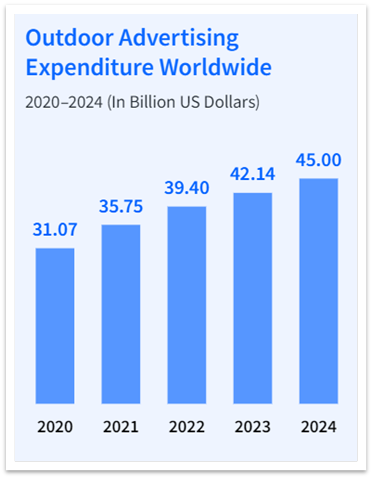Unlock Unseen Opportunities with Website Visitor ID
In today’s hyper-competitive digital marketplace, understanding your website visitors isn’t just an advantage—it’s a necessity. While Google Analytics and similar tools offer valuable data about user behavior, they often fall short of answering the most important
question:
"Who is visiting my website?"
This is where Website Visitor Identification (Visitor ID) technology comes into play, offering businesses deeper insights that fuel smarter marketing, better sales strategies, and stronger ROI.
Let’s turn anonymous browsers into known, actionable leads.
What Is Website Visitor ID?
Website Visitor ID tools go beyond anonymous metrics. Using reverse IP lookup, cookies, and third-party data sources, they help identify which individuals are visiting your website.
What data is collected?
Visitor name, address, phone number and/or emails can be gathered through Website Visitor IDs, fueling your next marketing campaign!
Why Website Visitor ID?
1. Improve Sales Intelligence
Website Visitor ID adds context to your sales strategy. It tells you which products or services a prospect is interested in, how often they visit, and what content they consume. This data can be integrated into your CRM to build detailed customer profiles
and prioritize leads based on behavior.
Tip: Use this intel to personalize cold outreach with specific references to pages visited or whitepapers downloaded.
2. Optimize Marketing Campaigns
Marketers spend significant resources driving traffic but are often left wondering which campaigns actually worked. Visitor ID helps close that loop. You can attribute traffic to specific campaigns and identify which ones are attracting high-value visitors—even if
they don’t convert right away.
Insight: Use visitor data to refine your targeting, messaging, and content strategy, ensuring your marketing dollars are spent wisely.
3. Uncover Hidden Opportunities
Sometimes, the best leads are the ones who never filled out a form. Website Visitor ID uncovers these hidden opportunities by showing interest signals from companies or industries you may not have initially targeted—opening the door to new markets or customer segments.
Understanding which campaigns and channels drive the most engaged traffic helps you allocate your marketing budget more effectively. You can double down on what works and reduce spending on what doesn't, maximizing your return on investment.
















